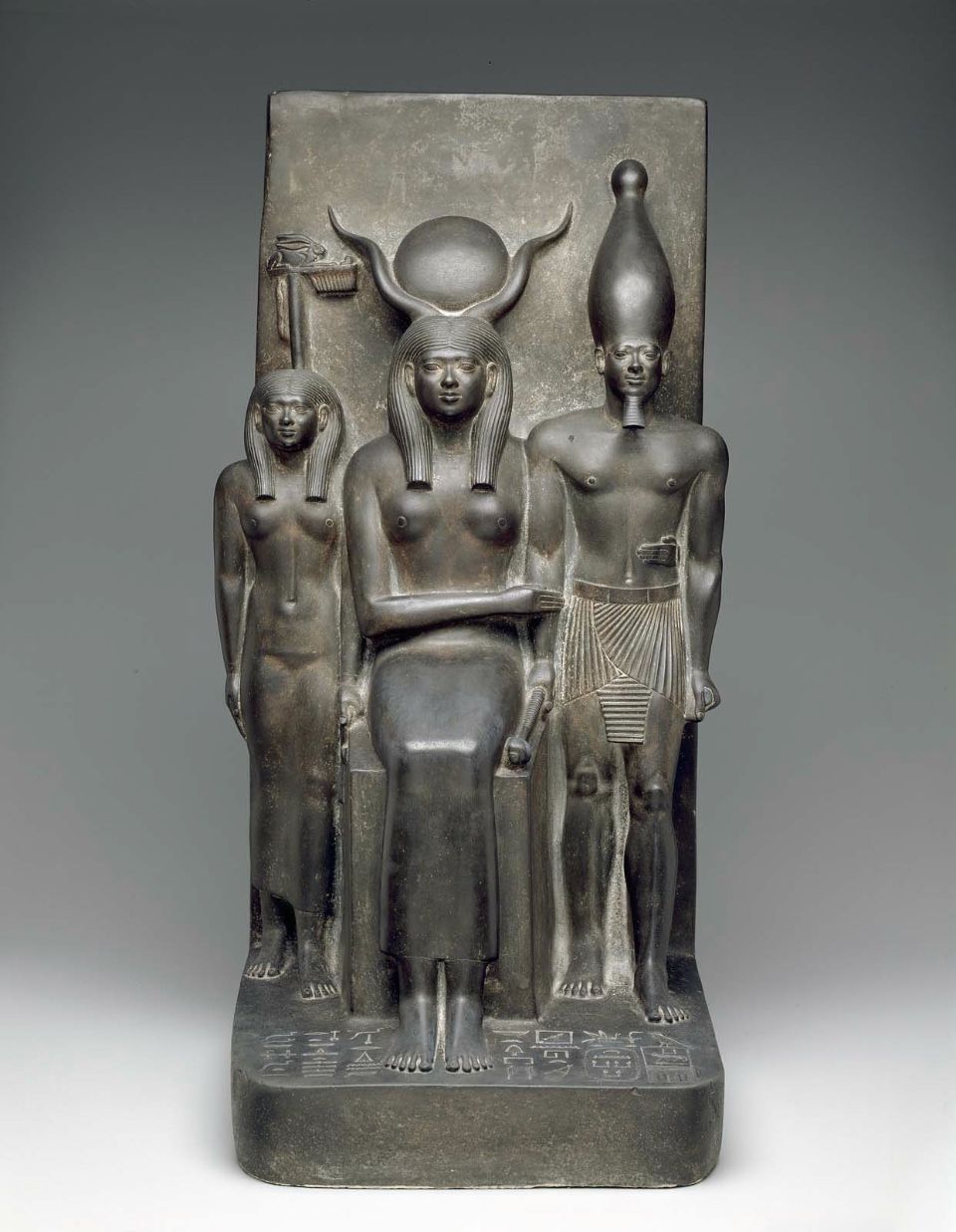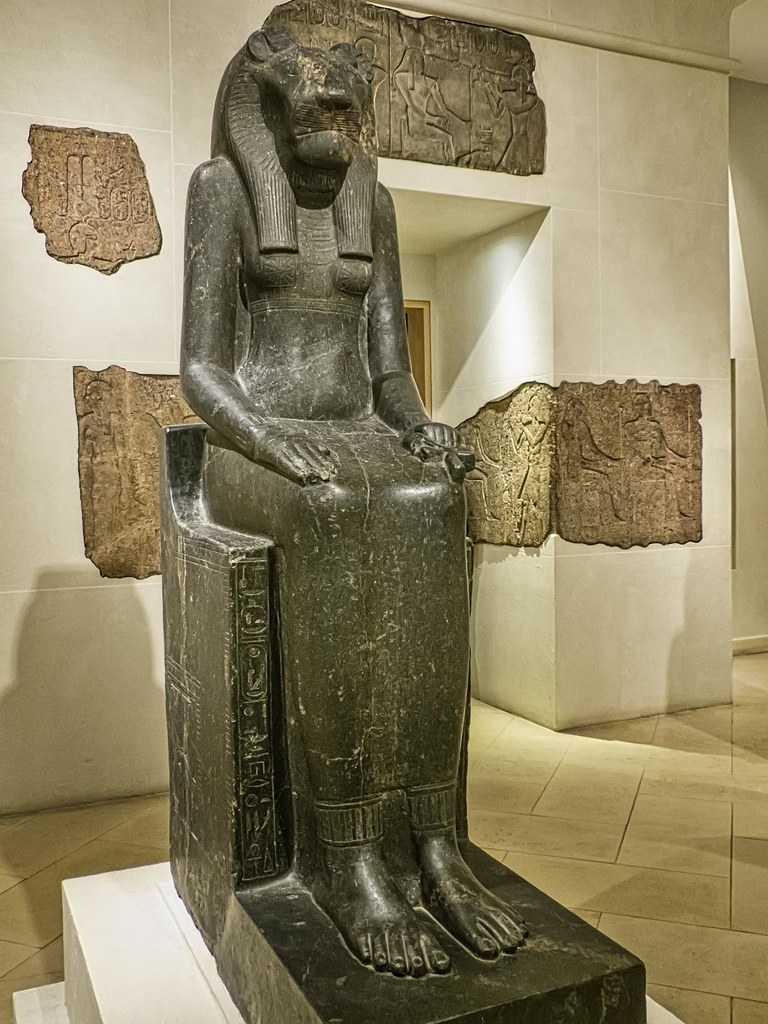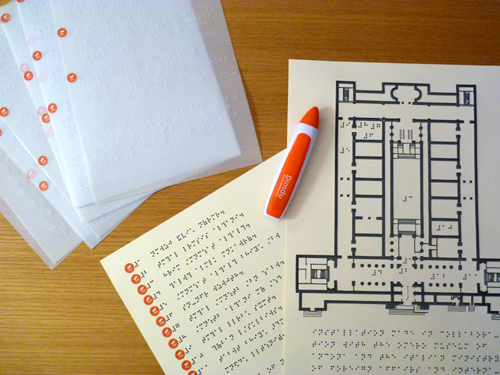15 – 22 June 2019: Feeling the Eternal Masterpieces of Egypt
Posted in Updates on 10 June 2019

Italy promotes a special Path for the Visually Impaired at the Egyptian Museum in Cairo
On 20th of June 2019 the Minister of Antiquities of the Arab Republic of Egypt, Prof. Dr. Khaled el-Anany, and the Ambassador of Italy in Cairo, H.E. Giampaolo Cantini, will inaugurate a special itinerary for the visually impaired at the Egyptian Museum in Tahrir Square.
The initiative has been developed by the Italian Archaeological Centre of the Italian Cultural Institute in Cairo in collaboration with the Egyptian Museum and the "Museo Tattile Statale Omero" in Ancona, in the framework of the program "Vivere all'Italiana" of the Italian Ministry for Foreign Affairs.
As superpowers of cultural heritage, Italy and Egypt share the common interest to allowing everybody access to eternal masterpieces of ancient art. Accessibility to cultural heritage for visually impaired is a very important challenge. Italy offers its solid experience in this field to respond to the Egyptian authorities willingness to provide equal opportunities to people with disabilities in access to Museums and their artefacts.
The new special itinerary relies upon the expertise of the Omero Museum in Ancona, where visually impaired enjoy art with the rest of the public.
The new path at Tahrir Museum is ready to be expanded and the whole initiative can be replicated in other museums. The main aim of the initiative is sharing with Egypt the Italian know-how in the field through a capacity building approach. The training course dedicated to museum operators, scheduled from 16th to 19th of June, is in fact a very significant and emblematic part of the program.
The itinerary includes twelve masterpieces of the Egyptian art from the whole pharaonic history. Every object in the path is made in very hard Egyptian stone (such as granite and greywacke) and it can be touched and acknowledged with labels in Braille language and electronic audio devices.
The special itinerary includes:
- The Narmer Palette, Early Dynastic, Reign of Narmer, ca. 2960 BC
- Triad of king Menkaura, Old Kingdom, 4th dynasty, ca. 2494-2472 BC
- Pyramidion of the pyramid of king Amenemhat III, Middle Kingdom, 12th dynasty, ca. 1842-1794 BC
- Sphinx of king Amenemhat III, III, Middle Kingdom, XII dynasty, ca. 1842-1794 BC
- Sennefer and his wife Senay, Reign of Amenhotep II (1428-1397BC), New Kingdom, 18th dynasty, 1428-1397 BC
- King Amenhotep II with the goddess Meretseger, New Kingdom, 18th dynasty
- Statue of Amenhotep son of Hapu, Reign of Amenhotep III, New Kingdom, 18th dynasty, 1387-1350 BC
- Seated statue of goddess Sekhmet, Reign of king Amenhotep III, New Kingdom, 18th dynasty, 1387-1350 BC
- Striding colossal statue for the king Ramses II (1279-1213 BC), Reign of Ramses II, New Kingdom, 19th dynasty, 1279-1213 BC
- Anthropoid sarcophagus with lid for Pedisematawy, Reign of Psametik II, Late Period, 26th dynasty, 595 BC – 589 BC
- Embalming table, Late Period, 26th dynasty
- Coiled serpent of Asklepios, Greek god of medicine, Roman Period, 2nd century AD


